NEO PLASTICISM - DE STIJL
A good way to describe neoplasticism is the use of straight horizontal and vertical lines as well as the use of the primary colors red, yellow and blue. Usually, the paintings take precise shapes of squares to fill the canvas. The following is a profile of this style.
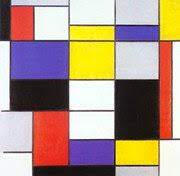
characteristics and origins
Almost all the works labelled neoplasticism / de stijl were aiming to reduce art to its simplest form; just colors and shapes. This means simple shapes, primary colors, and recognizable patterns. This style originates from the Netherlands and lasted from 1917 to 1931. The style was first articulated by Piet Mondrian in the journal De Stijl (The Style). Neo-plasticism was a response to World War I. The style brought order and balance to everyday life, a stark contrast against the horror and chaos of war.
Key artists
Piet Mondrian: recognized for the purity of his abstractions and methodical practice by which he arrived at them. He strived to create an art that eschewed natural representation and reflected what he called, "absolute reality." Neo-Plasticism brought together his previous artistic preoccupations, including Neo-Impressionism and Cubism, and his spiritual beliefs as a theosophist.
Van Doesburg: created numerous abstract paintings and designed buildings, room decorations, stained glass, furniture, and household items that exemplified De Stijl's aesthetic theories and his personal ideas.
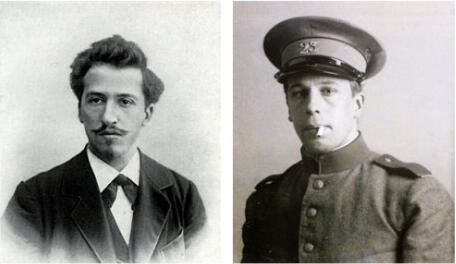
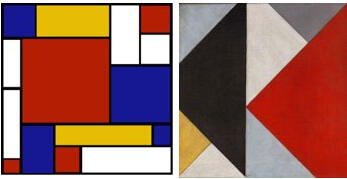
Artist's inspirations
Van Doesburg believed that art should be an absorbing, spatial, and environmental experience. This led him to create architectural designs, stained glass, interior decoration, furniture, and other functional, daily items that were carefully related to one another and were meant to be installed together for a holistic experience.Mondrian believed that art reflected the underlying spirituality of nature. He simplified the subjects of his paintings down to the most basic elements, in order to reveal the essence of the mystical energy in the balance of forces that governed nature and the universe.
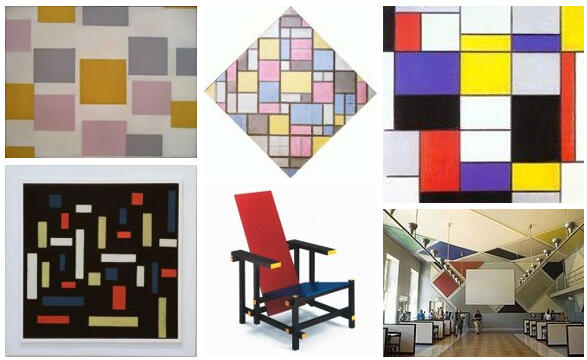
Effects
The effects of neoplasticism can be seen in many different forms of art. For example, it influenced later artists such as Bridget Riley, an Op art creator. It also influenced arcetechure, as seen in Moshe Safdie's Habitat of 1967. Additionally, fashion and graphic desgin has been influenced by this style.
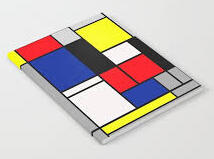
Lessons
The main takeaway we got from this style was that even if something is simple or seems 'boring', it can actually be very influential and impactful. The history and talented artists behind Neoplasticism prove that simple art can make huge changes.